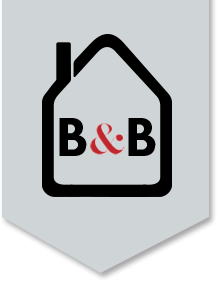What is a Carbon Footprint
What is a carbon footprint, how does it affect us, and what can you do to help?
What is a carbon footprint, how does it affect us, and what can you do to help?
What, Why & How to be Zero Waste
What is sustainability? How does it affect me? What does it have to do with tiny living?
Off-grid living has been growing in popularity in recent years. There are different interpretations of what off-grid living is; however, generally, 0ff-grid living implies that where you live is not connected to the electrical grid. This means that people that live off-grid must use some form of renewable energy if they wish to have electricity. In addition, it usually means that they are not connected to the municipal water supply. Because of this, it’s apparent that off-grid living presents some challenging circumstances; however, becoming one step closer to being fully self-reliant is highly rewarding to some.
There are many reasons why people choose to live off-grid. It can be a great opportunity to try something new and disconnect–even if the city’s power goes out, you will still have power! In addition, over time you will save money on electricity bills; however, renewable energy, like solar panels, can have a high initial cost.
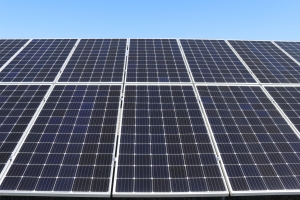
It is also worth mentioning some of the drawbacks of off-grid living. The upfront cost of solar panels and extra effort required to ensure that you are allowed to be off-grid on your land are important considerations.
Admittedly, there are different ways to live off-grid. When figuring out the right option, you should take into consideration how your tiny house will get power and water. You can use a generator or solar panels for power. For water, you either have the option of bringing the water to your property and holding it in tanks built into your tiny house or building a water collection tank from rainfall (this option isn’t likely to keep enough water on hand for typical consumption). Living off-grid is completely feasible in a tiny house; however, it requires additional planning. If you would like more information on off-grid living, send us a message through our contact page!
 According to mass.gov, for residential homes: “Title 5 (310 CMR 15.000) allows composting toilets for Remedial Use and also certifies them for General Use in new residential construction where a system in full compliance with Title 5 could otherwise be installed. The local approving authority (typically the Board of Health) must also approve installation of a composting toilet through a Disposal System Construction Permit and Certificate of Compliance. Check with your local Board of Health for its approval procedures.”
According to mass.gov, for residential homes: “Title 5 (310 CMR 15.000) allows composting toilets for Remedial Use and also certifies them for General Use in new residential construction where a system in full compliance with Title 5 could otherwise be installed. The local approving authority (typically the Board of Health) must also approve installation of a composting toilet through a Disposal System Construction Permit and Certificate of Compliance. Check with your local Board of Health for its approval procedures.”
Read all the details here:
Source: https://www.mass.gov/files/documents/2016/08/qm/comptoi.pdf
Note that this doesn’t apply to tiny houses on wheels– only homes that are permanently affixed.
In summary, Title 5 allows for conforming composting toilets and a greywater system in new residential construction where there could otherwise be a septic system. However, this doesn’t mean it’s allowed in every town. The local Board of Health will also have to approve it.
Here’s how to get in touch with your local Board of Health in Massachusetts.
B&B offers five different toilets for tiny houses on wheels: the best solution for you depends on where you’re parking your tiny house, whether it’ll move, what utilities are available and how often you’ll use your tiny house. Check out this blog post on the 5 Types Of Tiny House Toilets.
Composting toilets are the best option for those wishing to live sustainability and off-grid. Composting toilets will cost more upfront and will require additional steps; however, they also save water, energy, and waste can be recycled as fertilizer.
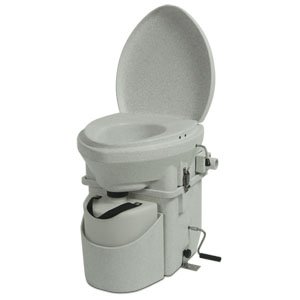
Good quality composting toilets are relatively odorless. Most of the toilets will have a fan that works to suck out any odor that would emit from the toilet. The toilets usually work by separating liquid and solid waste. Solid waste will go into one chamber that will be mixed with peat moss in order to help break the waste down. If you are staying somewhere where composting is not allowed, you will bag the solid waste in a biodegradable plastic bag and throw it away–much like a baby’s diaper is thrown away. Otherwise, you will be able to use the solid waste as compost. The liquid waste will be stored in a tank that will need to be disposed when it’s full. You can dispose the liquid waste in toilets, RV dump stations, or the ground if you are in a remote place where that is allowed. You will have to dispose of waste every 3-7 days for liquid waste and every 2-4 weeks for solid waste.
We have previously written about other types of toilets in one of our previous blog posts. Three other types of toilets in tiny houses are traditional, macerating, incinerating and dry-flush toilets.
Traditional toilets that are used in houses can be used in tiny houses; however, traditional toilets can’t be used with tanks. This means that your tiny house must be permanently in-place and hooked up to septic or sewer system in order to use a traditional toilet.
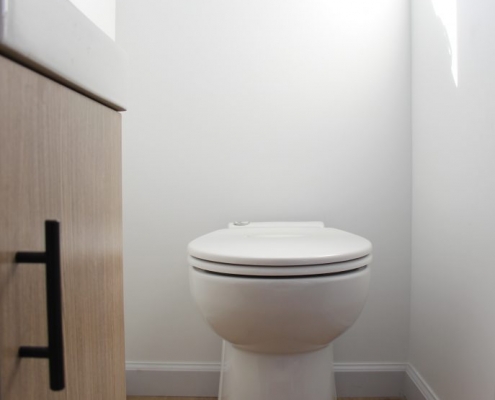
Dry flush toilets are lined with foil which, when “flushed”, wraps around the waste in a sealed packet, similar to a diaper genie. The packaged waste can then be thrown out in any trash can just like diapers. The flushing mechanism is also powered by electricity. For more information on these and our other types of tiny house toilets, read our previous blog post.
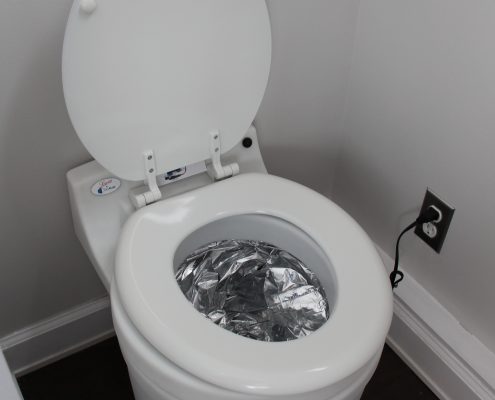
Many tiny home owners chose to adopt the minimalist lifestyle in order to live more sustainably. Solar panels offer a great form of renewable energy, but there are many considerations that you will need to keep in mind before you decide if solar power is the right option for you. In this post, we will talk about the differences between grid-tied and off-grid solar power.
As the name suggests, grid-tied solar systems connect to a utility power grid.
Pros
– Net metering: Net metering is when excess energy created by your solar panels is sent to the utility power grid for others to use. This allows solar panel owners to be paid for the excess electricity that their panels create.
– On-grid Connectivity: If the solar panels do not create enough power for your tiny home, then the electrical grid will give electricity to your home as needed. This can allow a tiny home owner to buy solar panels in phases and increase the amount of panels their home relies on whenever the owner pleases.
– Affordability: Grid-tied solar power is the cheapest option for solar energy.
Cons
– Lack of Transportability: Many tiny home owners like to frequently move around with their tiny house. Because of this, a grid-tied system would not be the ideal choice because they might not have access to an electrical meter while on the move.
Off-grid systems are able to move with tiny home owners as they travel. Off-grid systems work by converting sunlight to power during the day and then storing this power in batteries for future use.
Pros
– Transportability: With this option, you are able to travel with your tiny home and have a source of power.
– On-grid connect-ability: There are off-grid options that can also connect to the grid, which enables tiny home owners to not have to worry about not having electricity and allows owners to sell back surplus electricity.
Cons
– Price: Compared to grid-tied systems, off-grid systems cost more money. In order to prevent a lack of power, most off-grid systems are oversized to make sure that there are no outages; this usually takes into consideration 1-2 days without solar panel generation.
– Lack of Electricity: Solar panels may not produce enough electricity due to weather or because your tiny home is using more power than predicted. As discussed above, this is why most off-grid systems are oversized. Tiny home owners do have the option of charging the batteries via a generator if there is not enough solar power produced.
Depending on how you are wanting to use your tiny home and budget will probably be most tiny home owners’ biggest considerations when deciding which solar system to opt for.
Learn more about our process or fill out the form below and one of our tiny house experts will reach out to you.
